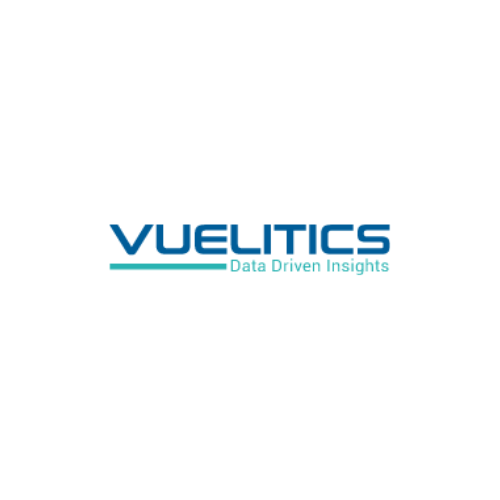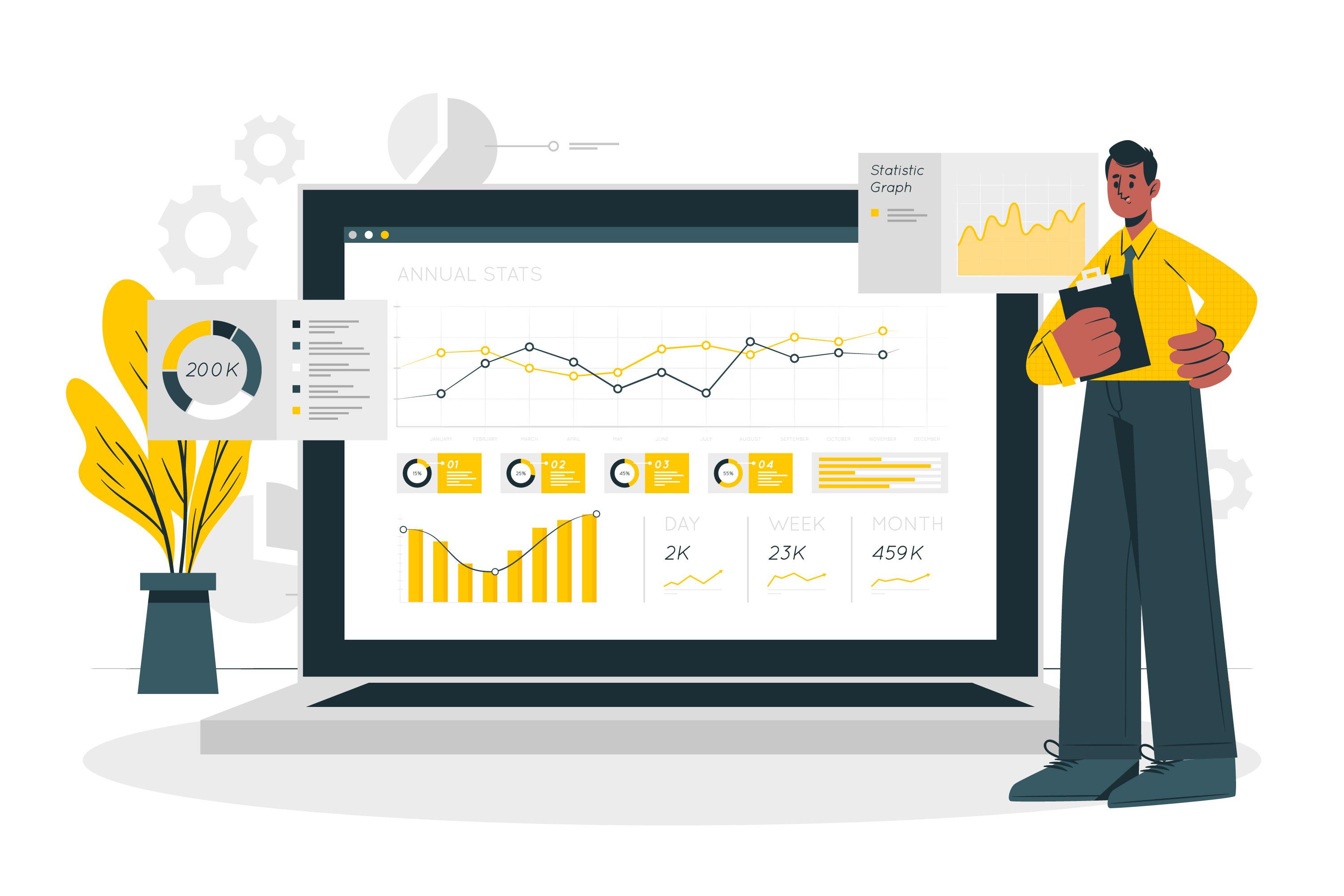Understanding the Difference Between Descriptive Analytics and Predictive Analytics
 Vuelitics
Vuelitics
Difference Between Descriptive Analytics and Predictive Analytics
In the world of data analytics, understanding the nuances of different types of analytics is crucial for businesses seeking to harness data for better decision-making. Among the various types, descriptive analytics and predictive analytics play foundational roles. While both serve to analyze data, they do so in fundamentally different ways, offering unique insights and benefits. In this blog, we'll explore the key differences between descriptive analytics and predictive analytics, their applications, and how businesses can leverage these techniques to drive success.
What is Descriptive Analytics?
Descriptive analytics is the process of summarizing historical data to understand what has happened in the past. It focuses on providing insights into past performance by organizing and interpreting data from multiple sources. This form of analytics uses data aggregation and data mining techniques to provide a comprehensive view of historical trends, patterns, and anomalies.
Key Features of Descriptive Analytics:
Historical Data Analysis
Descriptive analytics is concerned with analyzing data from the past. It does not predict future outcomes but rather helps organizations understand what happened and why.
Data Summarization
It involves summarizing data through charts, graphs, and reports, making it easier for stakeholders to grasp complex data sets.
Trend Identification
By examining historical data, businesses can identify trends and patterns that inform future strategies and decision-making processes.
Performance Measurement
Descriptive analytics provides metrics and KPIs that help organizations measure their performance against goals and benchmarks.
Applications of Descriptive Analytics
Descriptive analytics is widely used across various industries:
Retail: Analyzing past sales data to understand consumer behavior and preferences.
Healthcare: Tracking patient health records and outcomes over time to identify patterns.
Finance: Reviewing financial statements and transaction histories to monitor financial performance.
Manufacturing: Examining production data to improve processes and efficiency.
Read More: Data Analytics in Manufacturing Industry: Unlocking Efficiency and Growth
What is Predictive Analytics?
Predictive analytics, on the other hand, goes a step further by using historical data to forecast future events. It employs statistical models, machine learning algorithms, and data mining techniques to predict future trends, behaviors, and outcomes. The goal of predictive analytics is not just to understand what happened in the past, but to provide insights into what is likely to happen in the future.
Key Features of Predictive Analytics
Forecasting Future Events
Predictive analytics uses historical data and statistical models to make predictions about future outcomes.
Probability Assessment
It assesses the likelihood of various scenarios, helping organizations prepare for different potential outcomes.
Data-Driven Decision Making
By providing forecasts, predictive analytics enables organizations to make proactive decisions based on data rather than intuition.
Advanced Techniques
Predictive analytics often involves advanced techniques such as regression analysis, time series analysis, and machine learning.
Applications of Predictive Analytics
Predictive analytics is invaluable in several sectors
Marketing: Predicting customer behavior and preferences to tailor marketing campaigns.
Finance: Forecasting stock prices, credit risks, and market trends.
Healthcare: Predicting disease outbreaks, patient admissions, and treatment outcomes.
Supply Chain: Anticipating demand to optimize inventory levels and reduce costs.
Key Differences Between Descriptive and Predictive Analytics
While both descriptive and predictive analytics use data to generate insights, they differ in several key ways:
Purpose and Focus
Descriptive Analytics: Focuses on explaining what has happened in the past. It provides a summary of historical data to understand past behaviors and trends.
Predictive Analytics: Aims to predict what will happen in the future. It uses historical data to forecast potential future outcomes and trends.
Data and Techniques:
Descriptive Analytics: Primarily uses data aggregation and data mining to summarize and interpret historical data.
Predictive Analytics: Utilizes statistical models, machine learning algorithms, and other advanced techniques to predict future events.
Time Orientation:
Descriptive Analytics: Is retrospective, looking back at historical data to provide insights.
Predictive Analytics: Is prospective, focusing on future events and trends.
Decision-Making Impact:
Descriptive Analytics: Helps organizations understand past performance and make informed decisions based on historical trends.
Predictive Analytics: Enables proactive decision-making by forecasting potential outcomes and allowing businesses to prepare for future scenarios.
Integrating Descriptive and Predictive Analytics for Business Success
Both descriptive and predictive analytics offer valuable insights that can significantly enhance decision-making processes. By integrating both types, businesses can gain a comprehensive understanding of their past performance and anticipate future trends. This combination allows organizations to:
Identify Opportunities: Use descriptive analytics to recognize past successes and failures, and predictive analytics to identify future opportunities.
Mitigate Risks: Analyze past data to understand risk factors and use predictive models to forecast potential risks and take preventive measures.
Optimize Operations: Leverage historical data to streamline operations and use predictive insights to anticipate demand and adjust accordingly.
Conclusion
The distinction between descriptive and predictive analytics is crucial for businesses aiming to harness the full potential of their data. While descriptive analytics provides a solid foundation by explaining past events, predictive analytics offers forward-looking insights that enable proactive decision-making. By understanding and utilizing both forms of analytics, organizations can better navigate the complexities of the modern business landscape, staying ahead of the curve and driving sustained growth.
For businesses seeking to implement or enhance their data analytics capabilities, exploring our business intelligence and data analytics services can provide the tools and expertise needed to transform data into actionable insights. Discover how our comprehensive solutions can help you leverage data to achieve your strategic goals.
Subscribe to my newsletter
Read articles from Vuelitics directly inside your inbox. Subscribe to the newsletter, and don't miss out.
Written by

Vuelitics
Vuelitics
Welcome to Vuelitics - Your Business Intelligence and Data Analytics Services Experts in the USA! At Vuelitics, we specialize in turning data into actionable insights that drive success. From collection to visualization, our tailored solutions empower smarter decision-making, fuel innovation, and boost profitability for businesses of all sizes. Join us and unlock the power of your data with Vuelitics - Where Data Drives Success!